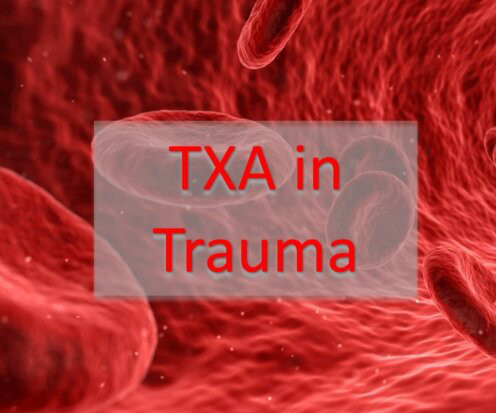Episode 21- Updates and Controversies in the Early Management of Sepsis and Septic Shock
EB Medicine
OCTOBER 1, 2018
This month, we’ll be talking Updates and Controversies in the Early Management of Sepsis and Septic Shock. And sepsis-3 redefined septic shock as “hypotension not responsive to fluid resuscitation” with the added requirement of vasopressors to maintain a MAP greater than or equal to 65 and with a lactate > 2. That’s where we’re at.














Let's personalize your content